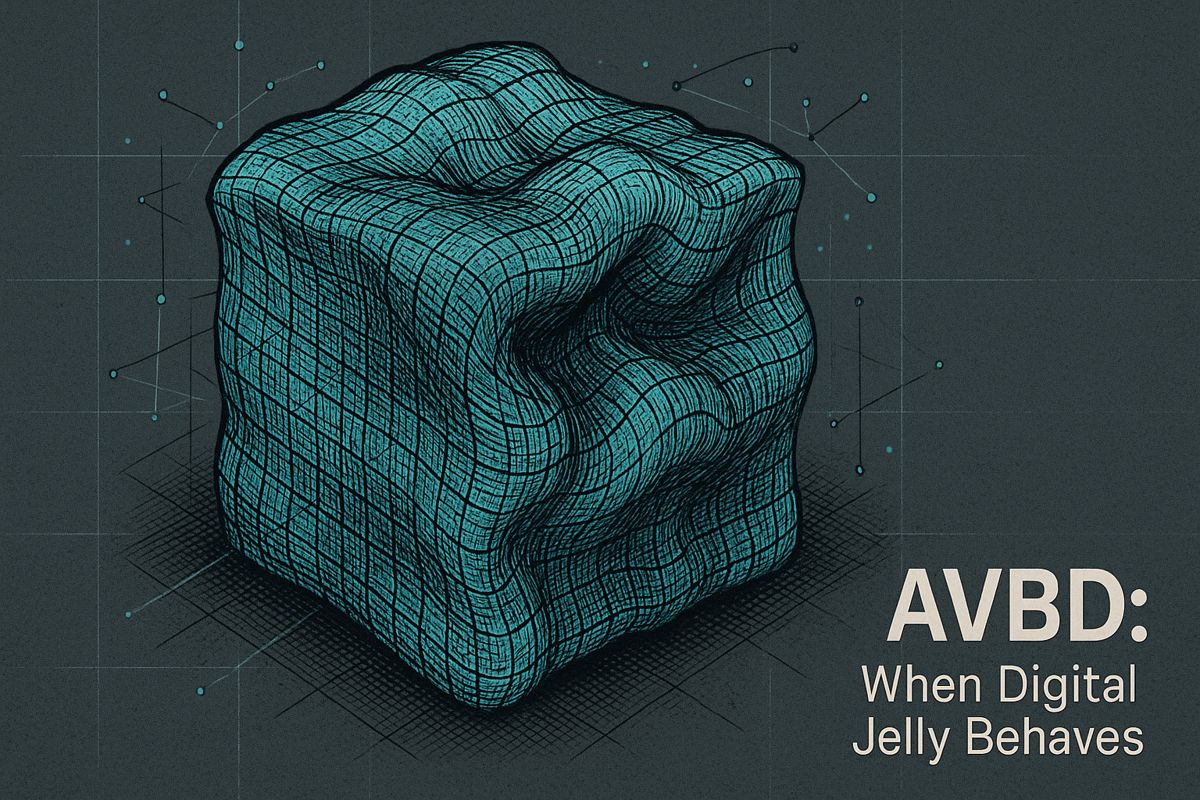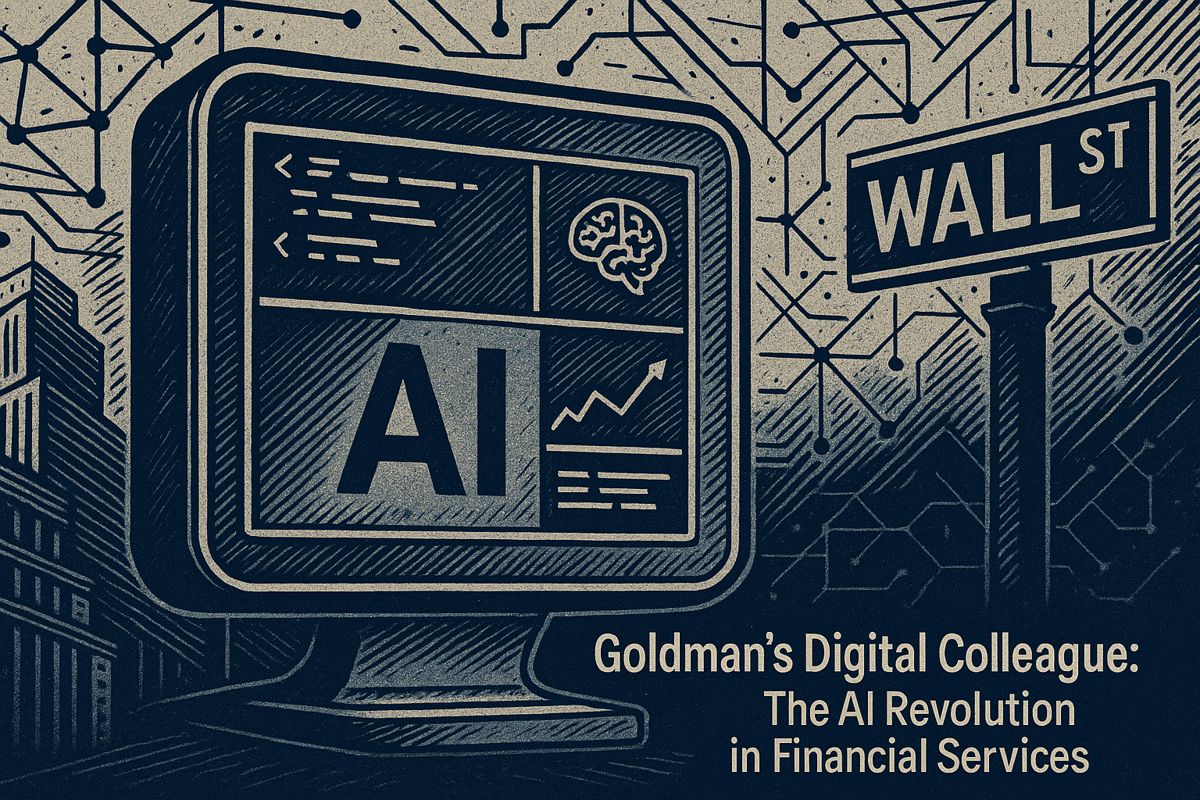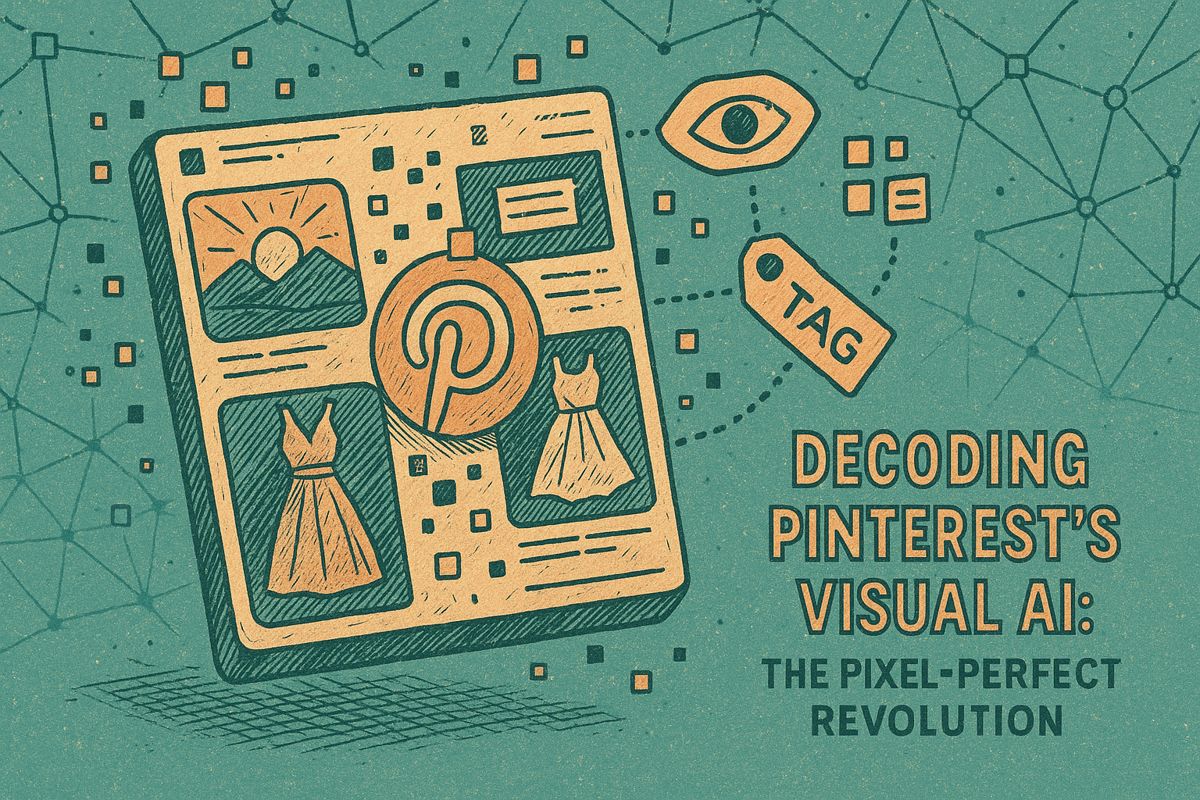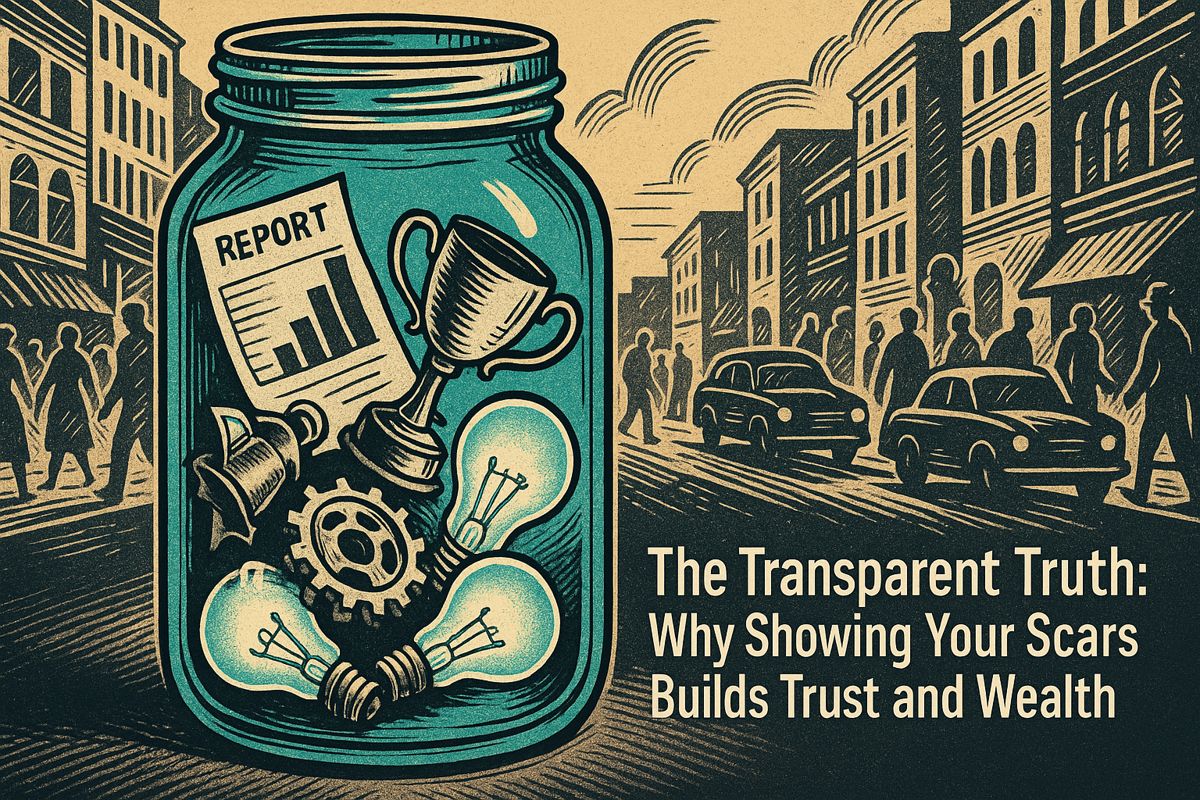Here’s the text with the most important phrase emphasized in markdown bold:
AVBD is a groundbreaking GPU-optimized algorithm developed by the University of Utah that revolutionizes soft-body simulation by handling millions of objects in real-time with unprecedented stability. Unlike previous methods that often failed or crashed, this algorithm uses advanced computational techniques to realistically model how soft materials interact, stretch, and move. The technology has immediate applications in video game development, virtual reality, engineering simulations, and visual effects, offering designers and developers an efficient tool for creating lifelike digital interactions. Researchers have made the algorithm open-source, allowing anyone to explore and implement its capabilities. By solving long-standing challenges in soft-body dynamics, AVBD represents a significant leap forward in digital simulation technology.
What is the AVBD Algorithm and Why Does It Matter?
AVBD is a groundbreaking GPU-optimized algorithm for soft-body simulation that enables realistic, stable digital object interactions. Developed by the University of Utah, it can handle millions of objects in real-time, revolutionizing graphics rendering, virtual reality, and engineering simulations with unprecedented computational efficiency.
Memory Lane: Exploding Jellies and Caffeinated Hope
Stumbling across the University of Utah’s research page, I saw news about the AVBD algorithm—Augmented Vertex Block Descent—and suddenly, I was a rookie again. All it took was a single screenshot of a simulated gelatin cube, and I was reminded of my own early efforts in physics engines. My jelly never wobbled elegantly; instead, it trembled for a moment, then burst apart like a piñata smashed at the wrong angle. The silence after the crash was broken only by my computer’s fans, straining under the debris. Why does simulating softness always seem like trying to herd clouds?
Those of us who’ve wrestled with soft-body dynamics share a special camaraderie, the kind forged through late-night debugging and quietly muttered curses. My friend Jamie once tried to model a parachute for a presentation at SIGGRAPH. He wrestled with it for six days straight, only to watch the mesh launch into digital orbit—he called it “the Icarus problem.” I admit, I laughed. But, honestly? I’d made the same mistake a month before, only my mesh had just quietly disappeared instead of exploding. That mix of bafflement and awe is oddly comforting.
It’s always a sensory experience, too. I can almost hear the fizz of the simulation melting down, smell the acrid hint of overtaxed silicon, and feel the existential frustration. And yet, here we go again—hoping this time the code will behave.
What Makes AVBD Different? No More Digital Soup
But enough nostalgia. What does AVBD actually do? Here’s the core: it’s a GPU-optimized algorithm for soft-body simulation, engineered by the research team at the University of Utah. The technical specifics read like a menu for the computationally famished. AVBD isn’t just “faster”—it’s stable, even in those situations where other frameworks would collapse in a flurry of mesh fragments, reminiscent of a soufflé falling flat at the first loud noise. At its heart is a Lagrangian formulation, which lets it handle hard constraints—think of knees, elbows, or a stack of wobbly books—without the classic “exploding geometry” woes.
Imagine a dense field of digital balloons, all jostling, squishing, and bouncing. Where most algorithms freeze or stumble, AVBD is deeply parallelized, leveraging compute shaders and advanced data structures on modern GPUs. I had to check twice to make sure I wasn’t missing a catch. There’s a subtle kind of joy—a flutter in the chest—seeing something so computationally brutal finally tamed.
Real Uses: From Blockbusters to Engineering Labs
So, why should anyone outside a Pixar rendering bay care about simulating jelly, fabric, or muscle? Take a moment—look around your room. Most things aren’t rigid or predictable; they sag, stretch, crumple. That’s where AVBD steps in, offering a toolkit that makes digital objects behave like their real-world cousins, wrinkles and all. The algorithm isn’t just a mathematical curiosity; it’s already found a place in the toolboxes of AAA game developers and VFX artists. If you’ve been impressed by the cloth in the 2023 release of “Unreal Engine 5” or wondered how Houdini handles complex tissue simulations, this is the flavor of magic at work.
Engineers and designers will recognize the value, too—rapid prototyping of soft materials or stress tests on composite structures, all without waiting overnight for a render to crawl to completion. And for VR developers? Lower latency in soft-body interactions is the difference between immersion and a queasy exit. Who among us hasn’t cringed at a rubber banding limb in virtual reality?
There’s another note worth striking: the AVBD project is open-source. You can test a demo in your browser or dig into the C++/CUDA code via Utah’s research portal. It’s not locked away in a proprietary vault—and that’s a rare, refreshing whiff of academic generosity. When was the last time a breakthrough in graphics came with instructions and a download link?
The Human Element: Learning, Failing, and Getting Back Up
I’ll admit, I was initially skeptical. There’s a graveyard of “revolutionary” soft-body solvers that turned out to be all sizzle, no steak. But seeing AVBD run, I felt a flicker of excitement—yes, excitement, and maybe a pinch of envy. Is this the algorithm that finally lets artists, engineers, and hobbyists work with soft bodies without reaching for aspirin? If not now, then soon.
I’m reminded of one of my own blunders: accidentally setting an object’s mass to zero, then wondering why the simulation broke. It’s humbling, but AVBD’s documentation even includes caveats for fools like me. You know you’re in good company when the researchers expect mistakes—and help you fix them. That kind of academic humility, mingled with technical bravado, is the real signature of progress.
Curious? You should be. Go see for yourself: https://graphics.cs.utah.edu/research/projects/avbd/ Maybe your next jelly cube



















